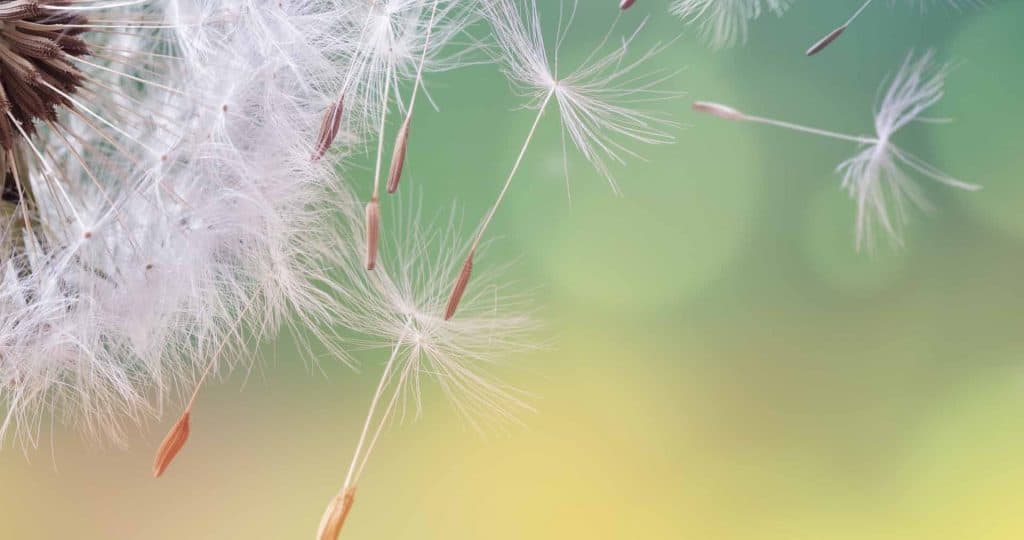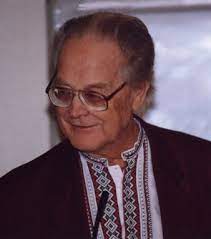

While researching heart disease in the 1950s, Konstantin Buteyko, a Russian doctor, developed the Buteyko breathing technique that not only helped reduce high blood pressure but also a variety of conditions including asthma, The premise of the technique is that many conditions, including asthma, are the result of over breathing or chronic hyperventilation.
Completely at odds with the popular view that taking big deep breaths of air is ‘good’ breathing, the Buteyko way is to minimise intake, reducing and calming the breath. Not so different to ancient yogic pranayama breathing. Signs of over breathing include mouth breathing, frequent yawning, sighing, sniffing, heavy breathing at night, loud breathing and snoring. Consider a sleep tape such as Myotape to help improve nasal breathing.
A study reported in the Medical Journal of Australia showed that after 3 months people practising the Buteyko technique had decreased their requirement for asthma reliever medication by 90 percent and the use of inhaled corticosteroids by 49 percent.
Buteyko believed that we need to increase carbon dioxide levels in the body. Mostly considered a ‘waste’ gas, carbon dioxide is vital to life. A slight rise in carbon dioxide opens airways and blood vessels, improving air and blood flow to the body. The way oxygen travels around the body is to ‘stick’ to haemoglobin molecules, themselves attached to red blood cells scooting through the bloodstream. It is actually an increase in carbon dioxide that ‘tells’ haemoglobin to let go of the oxygen molecules.
Encouraging the precious oxygen cargo to get delivered to the organs and tissues where it is most needed. This is a basic physiological concept known as the Bohr effect. Buteyko breathing, using relaxation and minimal breathing volume, works to reset the carbon dioxide levels. By reducing the breath, carbon dioxide levels increase, switching on the parasympathetic nervous system, which acts to soothe and calm. The Buteyko technique incorporates several carbon dioxide-lowering breathing exercises.
Small Breath Holds is one of the exercises taught in the Buteyko breathing technique. To do this, close your mouth. Take a small breath in, then out. With the thumb and forefinger of one hand gently hold your nose closed for 5 seconds. Release and relax for 10 seconds, breathing gently through your nose. Repeat 10 times or until you feel calmer. For those with acute breathing difficulties, such as the beginning of an asthma attack, close your nose for only a couple of seconds, and allow a longer interval of relaxed breathing in between, up to 15 breaths.
Find out more about Buteyko Breathing